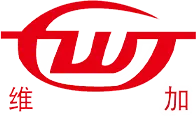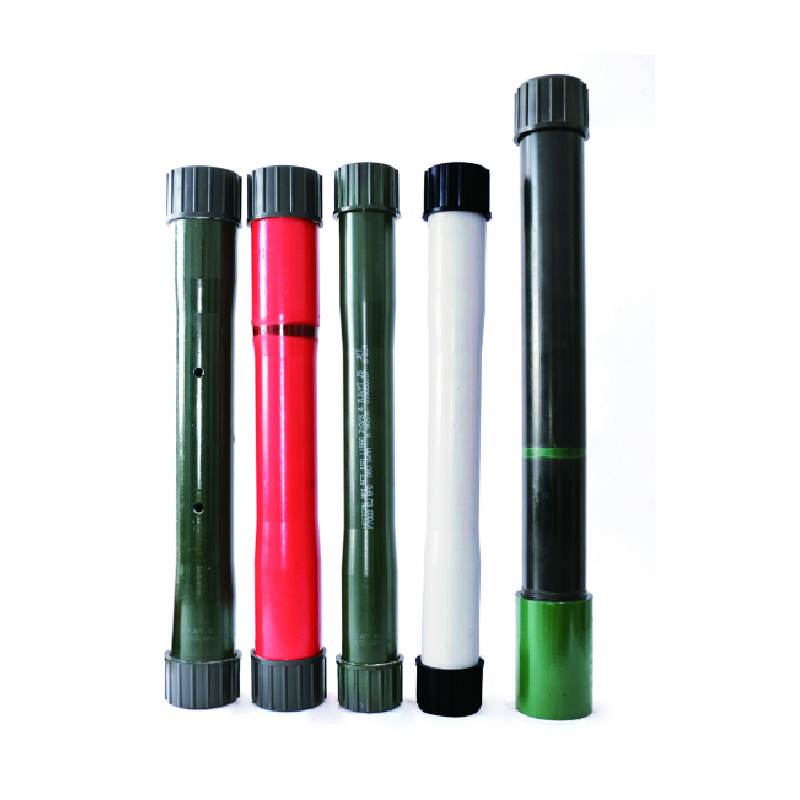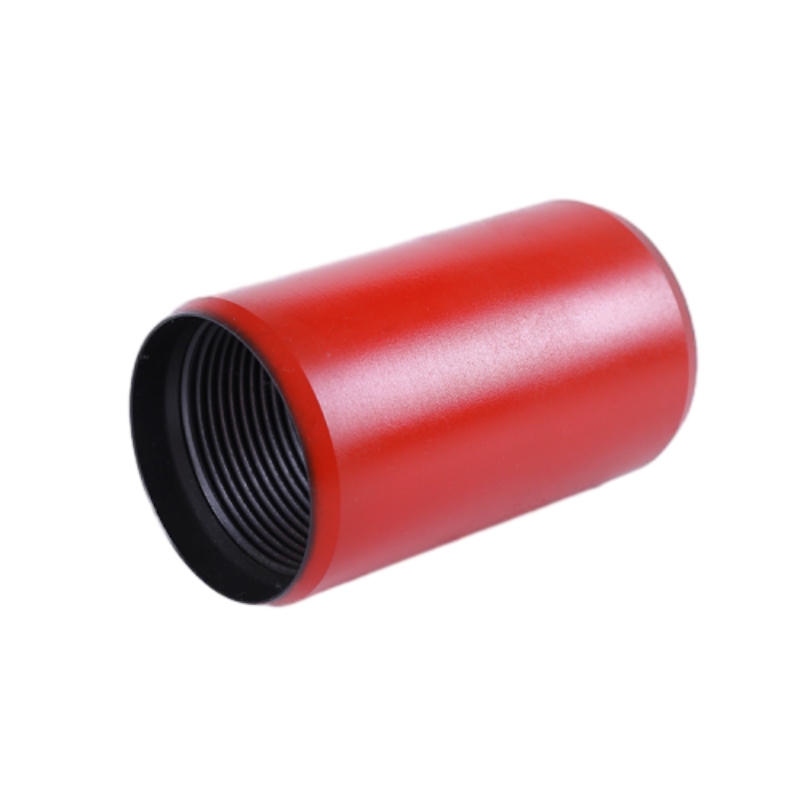High-Quality Steel Tubing Couplings for Pipe & Hose Systems
Understanding Tubing Couplings: An Essential Component in Industrial Systems
In the intricate world of industrial fluid and gas transfer, the integrity and reliability of connections are paramount. At the heart of this reliability lies the tubing coupling – a critical component designed to connect tubes and pipes securely, preventing leaks and ensuring seamless flow. These indispensable connectors are engineered to withstand extreme conditions, ranging from high pressures and temperatures to corrosive environments. Their precise design facilitates efficient system operation across a myriad of sectors, including oil and gas, petrochemicals, metallurgy, and water treatment. The advancement in materials science and manufacturing techniques has significantly enhanced the performance characteristics of modern tubing coupling solutions, driving efficiency and safety standards higher than ever before.
Effective management of fluid dynamics requires not only robust piping but also superior joining elements. Whether it's a high-pressure hydraulic line or a delicate vacuum system, the choice of tubing coupling directly impacts system longevity and operational cost. Our focus here is to delve into the technical intricacies, manufacturing excellence, and diverse applications of these vital components, ensuring B2B decision-makers and technical personnel can make informed choices for their specific industrial needs. The correct selection of a coupling is not merely a purchase; it's an investment in the system's overall performance and safety.
Precision Manufacturing: The Tubing Coupling Production Process
The production of high-performance tubing coupling components is a meticulously controlled process, combining advanced metallurgy with precision engineering. It typically begins with the selection of premium raw materials, predominantly high-grade stainless steel (e.g., 304, 316, Duplex) or specialized carbon and alloy steels, chosen for their superior strength, corrosion resistance, and thermal properties. This material undergoes initial preparation, including cutting into precise blanks that will form the basic shape of the coupling. For applications demanding exceptional strength and integrity, such as a robust steel pipe coupling, forging is often employed. This process involves shaping the metal under immense pressure, enhancing its grain structure and eliminating internal defects, leading to a stronger, more durable component.
Following forging or casting, the blanks proceed to CNC (Computer Numerical Control) machining. This is where precision comes to the forefront, as advanced multi-axis machines meticulously carve out the coupling's intricate threads, seats, and sealing surfaces with micron-level accuracy. This precision is critical for ensuring a leak-proof seal and optimal performance under various operating conditions. Subsequent stages include heat treatment to achieve desired mechanical properties like hardness and toughness, and surface finishing processes (e.g., passivation, coating) to enhance corrosion resistance and aesthetic appeal. Every batch then undergoes rigorous quality inspection, including dimensional checks, material composition analysis, non-destructive testing (NDT) like ultrasonic or magnetic particle inspection, and hydrostatic pressure testing to validate its compliance with international standards such as ISO (International Organization for Standardization) and ANSI (American National Standards Institute). The robust manufacturing of these steel couplings for pipe ensures a long service life and reliable performance in demanding environments, contributing significantly to energy efficiency by preventing costly leaks and system downtimes.
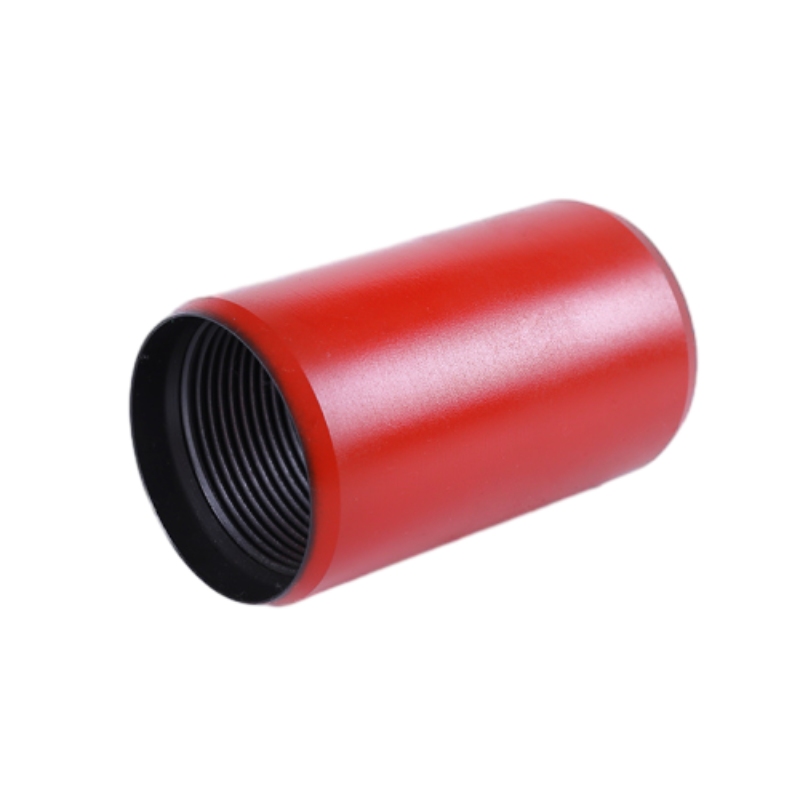
Key Technical Parameters and Specifications for Tubing Couplings
Selecting the appropriate tubing coupling requires a thorough understanding of its technical specifications. These parameters define the coupling's compatibility, performance limits, and suitability for specific applications. Critical data points include material grade, which dictates corrosion resistance and temperature limits; pressure rating, indicating the maximum operational pressure it can safely withstand; and temperature range, specifying the environmental and fluid temperatures under which it maintains integrity. Dimensions, such as outer diameter (OD) and inner diameter (ID) compatibility, are essential for proper fitment, while thread types (e.g., NPT, BSPP, SAE) ensure secure and leak-proof connections with corresponding tubing.
For specialized applications like a vacuum hose coupling, parameters related to leak rates and seal integrity under negative pressure are equally important. Compliance with industry standards like API (American Petroleum Institute) for oil and gas applications, or various ISO standards, provides assurance of quality and interchangeability. The table below outlines typical specifications for high-quality industrial steel coupling products, serving as a guideline for engineers and procurement specialists.
Typical Tubing Coupling Specifications
| Parameter | Description / Range |
|---|---|
| Material Grades | 316/316L Stainless Steel, 304 Stainless Steel, Carbon Steel (A105), Duplex, Super Duplex, Alloy 625, Brass |
| Size Range (OD) | 1/16 inch to 2 inch (1.59 mm to 50.8 mm), Larger sizes available upon request |
| Pressure Rating | Up to 15,000 PSI (1034 Bar) for standard fittings, higher for specialized designs |
| Temperature Range | -65°F to 1200°F (-54°C to 650°C), dependent on material and sealing elements |
| Connection Types | NPT, BSPT, BSPP, SAE (O-Ring Boss), JIC 37° Flare, Face Seal (VCR/VCO), Compression, Butt Weld |
| Standards Compliance | ASTM, ASME, ISO 9001, API 6A/6D, NACE MR0175 (for sour service) |
| Leak Rate (Vacuum) | Less than 1x10-9 atm.cc/sec He (for vacuum applications) |
| Surface Finish | Smooth, uniform, passivation treatment for stainless steel |
Diverse Applications and Key Advantages
The versatility of tubing coupling extends across virtually every heavy industry where fluid or gas transfer is essential. In the petrochemical sector, they are indispensable for connecting process lines handling aggressive chemicals, crude oil, and natural gas under high pressure and temperature, contributing to significant anti-corrosion benefits and preventing environmental hazards. The metallurgy industry relies on these couplings for robust connections in cooling systems, hydraulic lines, and gas delivery for furnaces, where durability against extreme heat and heavy vibrations is crucial. For public utilities, specifically in water supply and drainage systems, specialized corrosion-resistant steel coupling options ensure long-term, leak-free operation, thereby reducing water loss and maintenance costs, directly translating to energy savings.
Beyond these, aerospace, automotive, power generation, and pharmaceutical industries also heavily utilize advanced tubing coupling solutions for their stringent requirements for reliability, purity, and performance. The primary technical advantages offered by high-quality couplings include unparalleled leak prevention, superior resistance to corrosion and erosion, and exceptional tolerance to extreme temperatures and pressures. Their precision engineering facilitates rapid and secure installation, minimizing downtime and labor costs. Furthermore, the longevity and low maintenance requirements of well-designed couplings contribute to significant operational savings, reinforcing their status as a critical investment for any industrial fluid handling system.
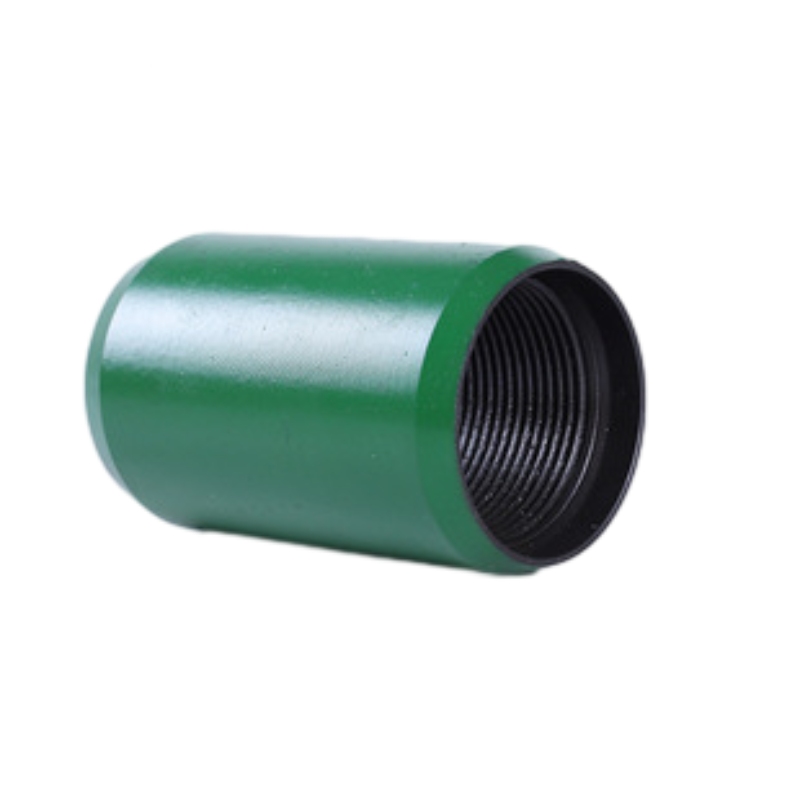
Industry Trends, Custom Solutions, and Application Cases
The landscape of industrial fluid handling is continuously evolving, driven by demands for higher efficiency, enhanced safety, and reduced environmental impact. Current trends in tubing coupling technology point towards the adoption of lighter, stronger advanced materials, smart couplings with embedded sensors for predictive maintenance, and modular designs for greater flexibility in system configuration. There is a growing emphasis on sustainability, leading to the development of components that contribute to lower energy consumption and waste reduction throughout their lifecycle. Manufacturers are also increasingly focusing on digital fabrication techniques to achieve unprecedented precision and accelerate production cycles.
Recognizing that off-the-shelf solutions may not always meet unique operational challenges, leading manufacturers specialize in providing custom tubing coupling designs. This includes developing couplings for specific pressure-temperature envelopes, unusual material compatibility requirements, or bespoke connection interfaces. An example includes providing custom steel pipe coupling solutions for a large-scale offshore oil platform, where components needed to withstand extreme corrosive saline environments and dynamic stresses while maintaining high pressure integrity. Another case involved designing specialized vacuum hose coupling for semiconductor manufacturing, requiring ultra-clean, leak-tight connections that perform consistently in ultra-high vacuum conditions. Client feedback consistently highlights the value of tailored engineering solutions in achieving optimal system performance and extending operational lifespan, reinforcing our commitment to collaborative design and application-specific development.
Ensuring Quality and Trustworthiness: Our Commitment to Excellence
Our dedication to delivering superior tubing coupling products is underpinned by a robust framework of expertise, experience, authoritativeness, and trustworthiness. Our team comprises seasoned engineers and technical specialists with deep knowledge in metallurgy, fluid dynamics, and precision manufacturing, ensuring every product is designed and produced to the highest standards. We leverage decades of experience in diverse industrial applications, allowing us to anticipate challenges and provide practical, reliable solutions. All our manufacturing processes adhere strictly to international quality management systems, evidenced by our ISO 9001 certification and compliance with other relevant industry standards such as API and CE. Each steel coupling undergoes extensive testing, including material verification, dimensional accuracy checks, hydrostatic proof testing, and leak detection, with detailed test reports available to clients.
We maintain full transparency regarding our product capabilities and operational procedures. Our service commitment includes comprehensive technical support before, during, and after installation, ensuring seamless integration and optimal performance of our tubing coupling solutions.
Frequently Asked Questions (FAQ)
- What are the common materials for tubing couplings? Commonly used materials include 316/316L stainless steel for corrosion resistance, carbon steel for strength, and various alloys (e.g., Duplex, Inconel) for extreme environments.
- How do I select the right tubing coupling for my application? Selection depends on factors like fluid type, operating pressure and temperature, required material compatibility, connection type, and relevant industry standards. Consulting our technical team is recommended.
- What is your typical delivery lead time? Delivery times vary based on product complexity, customization requirements, and order volume. Standard items usually ship within 2-4 weeks, while custom orders may take 6-10 weeks. Expedited options are available.
- What kind of warranty do you offer on your products? We provide a comprehensive warranty against manufacturing defects and material failures for a specified period (e.g., 12-24 months) from the date of purchase, ensuring peace of mind for our clients.
- Do your tubing couplings require special maintenance? Our couplings are designed for minimal maintenance. Regular visual inspections for wear or damage, and ensuring correct torque during installation, are generally sufficient. Specific maintenance guidelines are provided with each product.
Our Delivery and Support Promise
We pride ourselves on efficient logistics and a robust supply chain that ensures timely delivery of your orders. Our dedicated customer support team is available to assist with technical queries, order tracking, and after-sales service, reinforcing our commitment to being a reliable partner in your operations. We offer clear warranty terms and comprehensive technical documentation for all our tubing coupling products.
References
- ASTM International. (2023). Standards for Piping, Tubing, Fittings, Flanges, Gaskets, and Valves.
- ISO. (2022). ISO 9001: Quality management systems – Requirements.
- American Petroleum Institute. (2021). API Specification 6A: Specification for Wellhead and Christmas Tree Equipment.
- NACE International. (2020). MR0175/ISO 15156: Petroleum and natural gas industries—Materials for use in H2S-containing environments in oil and gas production.
- Journal of Pressure Vessel Technology. (Recent Editions). Technical articles on advanced joining and sealing technologies in high-pressure applications.
-
Tubing Crossover - API Compatible, Custom Sizes, In StockNewsNov.10,2025
-
Tubing Coupling | High-Strength, Leak-Proof Steel CouplingsNewsNov.10,2025
-
Wholesale API Threading Casing Coupling | API 5CT, Fast ShipNewsNov.10,2025
-
Pup Joint Supplier | API Certified, Custom, Quick ShipNewsNov.10,2025
-
Pup Joint Manufacturers | Precision Machined, Fast DeliveryNewsNov.10,2025
-
Tubing Coupling | Precision Steel, Leak-Proof, Fast DeliveryNewsNov.03,2025
